Guide to Turmeric Farming in Kenya
Turmeric is a golden yellow spice. It grows as a rhizome and is used fresh or processed in various forms.
Kenya presents ideal growing conditions for Turmeric since it does well in altitudes lower than 1500 meters above sea level. Most Turmeric consumed in Kenya is imported from India. Turmeric farmed in Kenya can be used in the local market or exported to the rest of Africa and the world.
Turmeric has been used in India for thousands of years in cooking and in Ayurvedic medicine (Traditional Indian Medicine). It can be grown in farms, gardens, raised gardens, and containers at home.
Contents
Is Tumeric Farming Profitable?
Turmeric yields 8,000 kilograms to 10,000 kilograms per acre. The current retail market price of turmeric in Kenya is Ksh 390 ($3.9) per kg. This gives revenue of 3.12 million shillings to 3.9 million shillings from one acre of turmeric. This makes turmeric a profitable crop to grow, even if you supply groceries at half the retail price.
Success in turmeric farming depends on good agronomical practices, good harvest, and post-harvest handling. The turmeric farmer needs to identify a market before starting to grow turmeric.
A common practice in farming is planting in a small piece of land, harvesting, and marketing samples to groceries and food processors. Once the potential clients are satisfied with the quality, you can enter into a purchase agreement and scale up your production.
Conditions for farming Turmeric in Kenya
Turmeric will grow well in areas with an altitude of 0 metres to 1500 metres above sea level. The areas should have a rainfall of at least 1500m per year. This makes the arid and semi-arid areas of Kenya suitable for growing turmeric. Irrigation should be done in dry areas.
The ideal temperatures for growing turmeric are 20 degrees celsius to 35 degrees celsius.
Turmeric can be grown in any type of soil, provided the soil drains well. Sandy loamy soils that are rich in organic matter are the most suitable. The soils can be slightly acidic to slightly alkaline, with a pH of between 5.5 to 7.5. Do not grow turmeric in poorly drained soils like clay and rocky soils. Soils with many rocks will affect the growth of turmeric rhizomes.
Preparing land for growing Turmeric.
Turmeric loves a lot of organic matter and fertile soils. Prepare the land by spreading well-decomposed manure or chicken manure at the rate of 16 tonnes per acre.
Plough the land to a fine tilth and a depth of 35 to 40cm. Prepare raised beds that are 1.5 metres wide and 15 centimetres wide. The beds can be of any length. The spacing between beds for growing turmeric should be 50 centimetres.

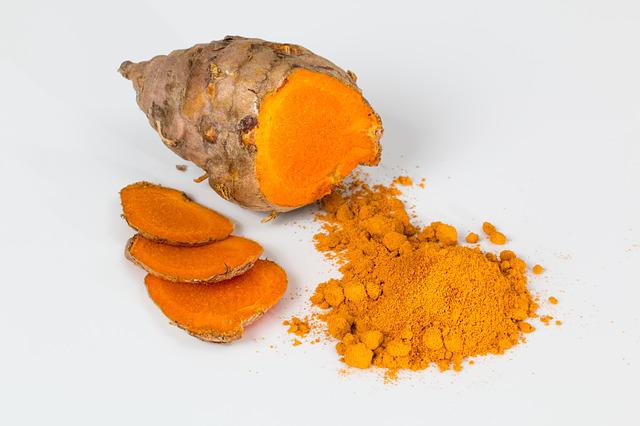
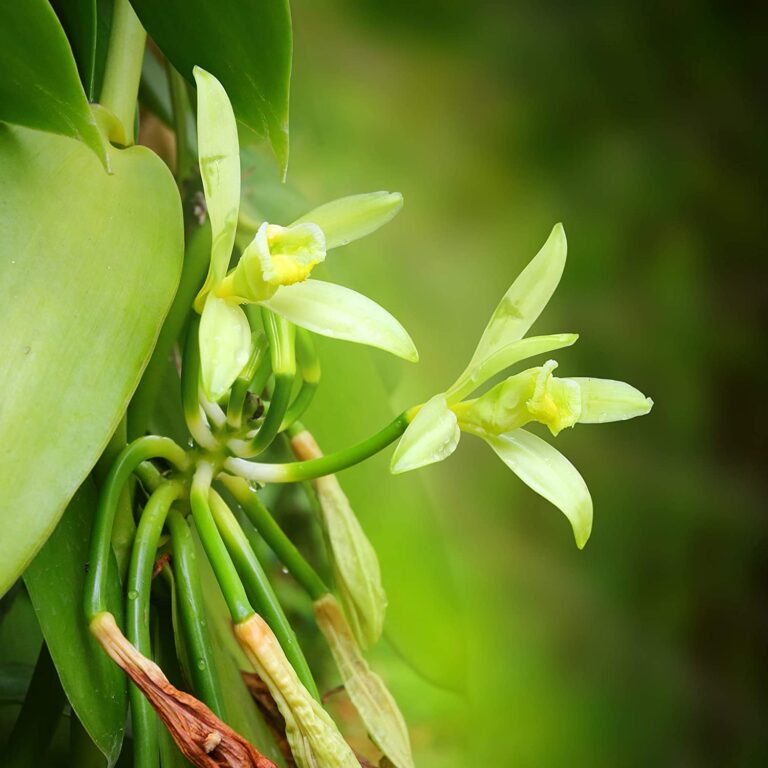


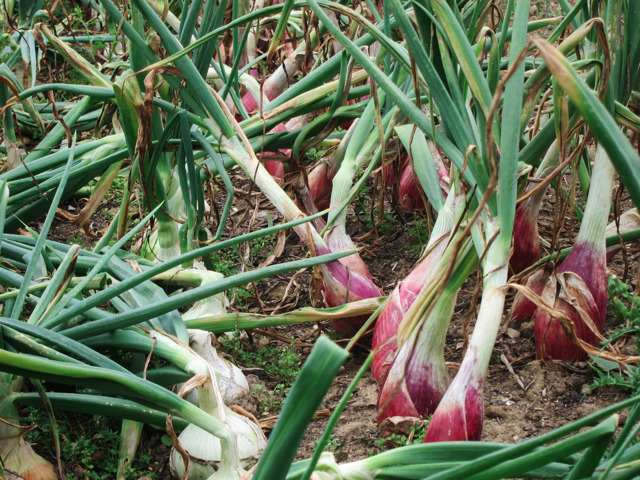
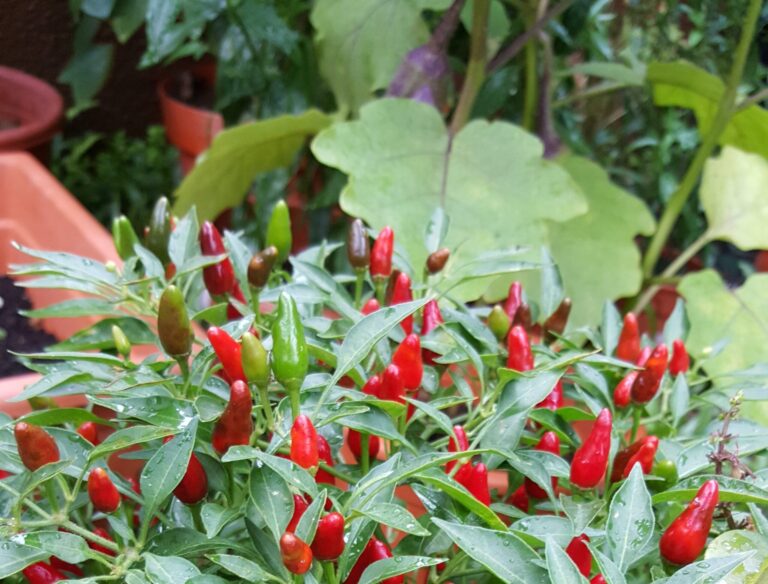
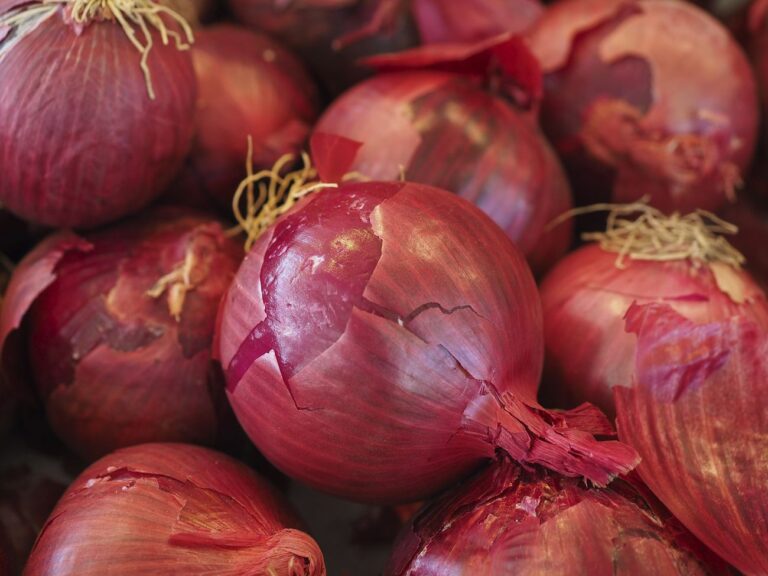
Iam located in mombasa kenya and planning to venture into tumeric production